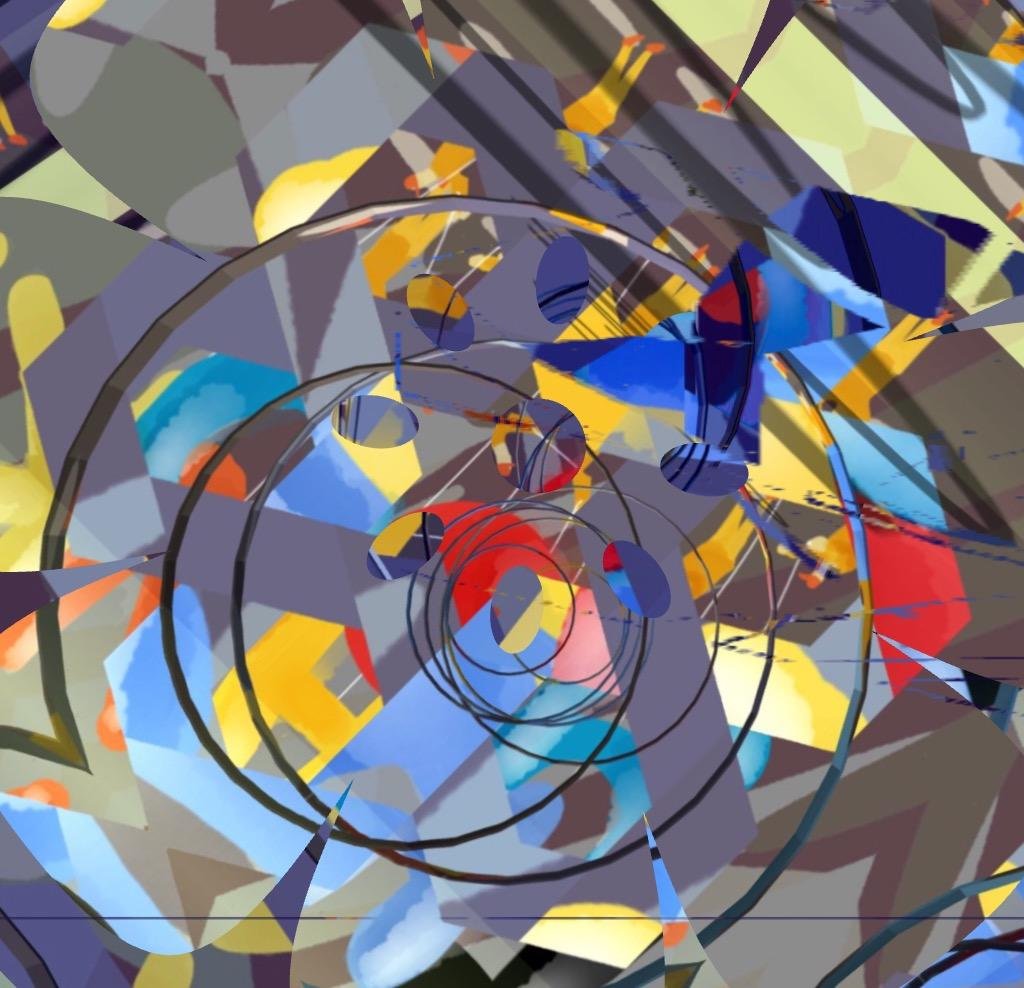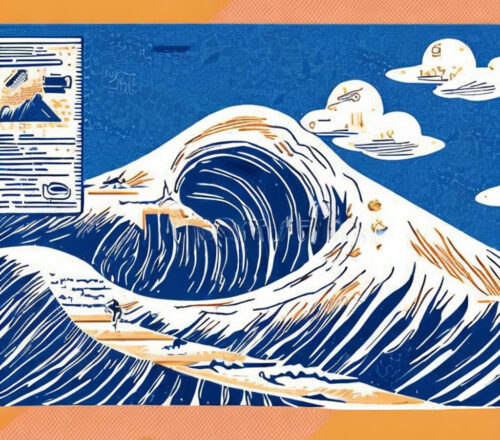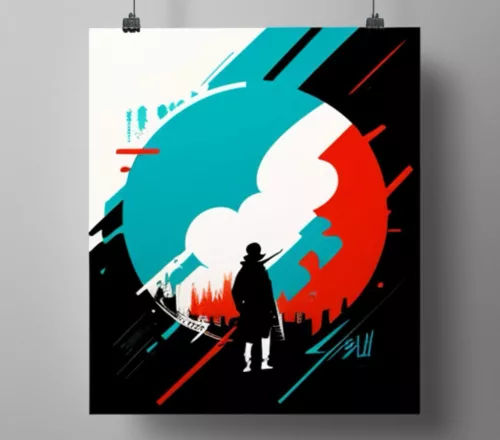
Table of Contents
From STEM to STEAM
The Rationale for STEAM
The evolution from STEM (Science, Technology, Engineering, and Mathematics) to STEAM (Science, Technology, Engineering, Arts, and Mathematics) education represents a paradigm shift in our approach to teaching and learning in the 21st century. This transition underscores the growing recognition of the importance of integrating arts and creativity with the technical and analytical skills traditionally emphasized within STEM disciplines. This article explores the rationale behind this shift, its implications for education and workforce development, and the potential it holds for fostering innovation, creativity, and a more holistic understanding of complex problems.
The movement towards STEAM education is driven by several key factors. First, the integration of arts into the STEM curriculum is based on the understanding that creativity and innovation are crucial for problem-solving and discovery in science and technology fields. The arts encourage creative thinking, allowing students to explore ideas in non-linear ways, fostering innovation that is not only novel but also applicable and impactful. Additionally, the inclusion of the arts in STEM education aims to produce graduates who are not only technically proficient but also possess the critical thinking, creativity, and communication skills necessary to lead and collaborate effectively in diverse teams.
Implications for Education
The shift towards STEAM has significant implications for educational practices and curricula. It necessitates a reevaluation of teaching methodologies to incorporate interdisciplinary approaches that blur the traditional boundaries between scientific, technical, and artistic disciplines. This involves developing curricula that encourage exploration, creativity, and the application of knowledge in new and diverse contexts. Moreover, STEAM education emphasizes experiential learning, where students engage in hands-on projects that require them to apply both technical skills and creative thinking. This approach not only enhances learning outcomes but also prepares students for the complex, multifaceted problems they will face in the real world.
Workforce Development
In today’s rapidly changing economy, there is an increasing demand for professionals who can think critically, adapt to new technologies and challenges, and innovate. STEAM education addresses this demand by producing graduates who are versatile, adaptable, and capable of thinking outside the box. By fostering a balanced set of skills that includes both analytical and creative abilities, STEAM prepares individuals for a wide range of careers, including those that do not yet exist. Furthermore, by encouraging diversity in thought and approach, STEAM education helps to cultivate a more inclusive workforce that can leverage a wide range of perspectives and skills in solving complex problems.
Fostering Innovation and Creativity
At the heart of the STEAM movement is the belief that the arts and sciences are not mutually exclusive but are, in fact, complementary. The integration of artistic creativity with scientific inquiry and technological innovation has the potential to lead to breakthroughs that neither discipline could achieve alone. This interdisciplinary approach encourages thinking that is not only logical and analytical but also imaginative and intuitive, leading to solutions that are both effective and innovative.
Conclusion
The transition from STEM to STEAM education reflects a broader understanding of the role of creativity and interdisciplinary learning in fostering innovation and addressing the complex challenges of the 21st century. By integrating the arts into STEM education, we can equip future generations with the diverse set of skills needed to thrive in a rapidly evolving world. This holistic approach to education not only enhances individual creativity and problem-solving skills but also has the potential to drive forward scientific discovery, technological innovation, and cultural enrichment. As we continue to navigate the implications of this educational shift, it is clear that the integration of arts into STEM represents a significant step towards a more integrated, innovative, and inclusive future.
Thank you for reading, shares and comments!
✨ Comment Policy ✨
We welcome thoughtful, kind, and constructive comments that contribute to meaningful conversations.
Please note:
- Promotional links and unsolicited offers will be removed.
- Spam, irrelevant content, or self-promotion without prior permission will not be published.
- We value quality engagement over quantity — thank you for helping us keep this a respectful and inspiring space!
Sources openai Language models, aitrot, picsart and mib
Take time to learn
Invest in your future
Embark on a journey into the realm of affiliate marketing and craft your own website within a vibrant, supportive community. Join me in this adventure, where you can begin as a free starter and stay as long as you desire. Enjoy complimentary hosting and foundational teachings to set you on your path. For those with advanced skills, opportunities to elevate your expertise await. Take a moment to explore and witness the magic for yourself!




